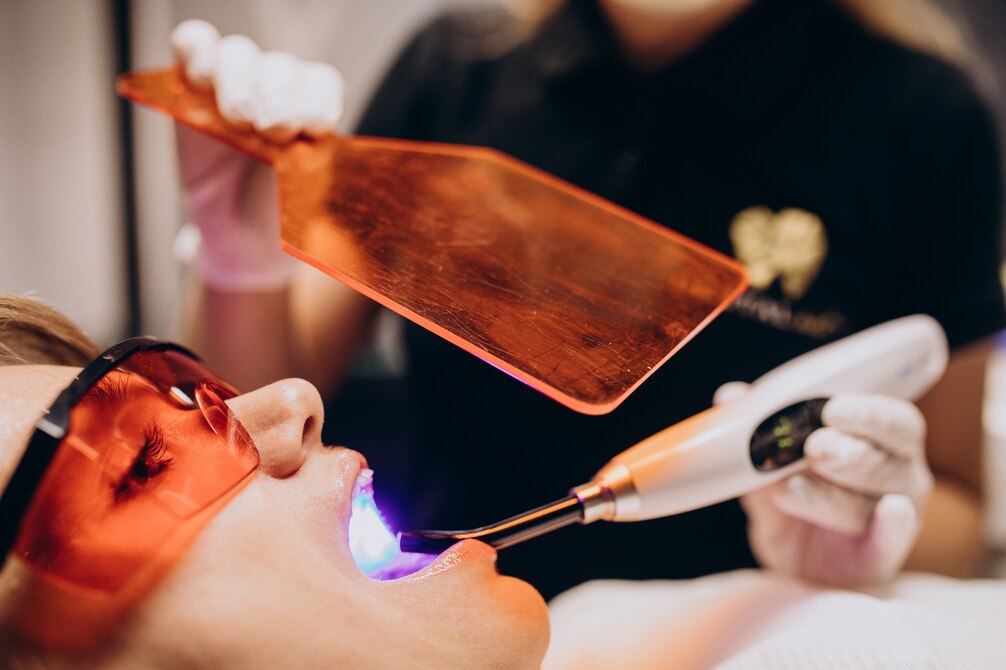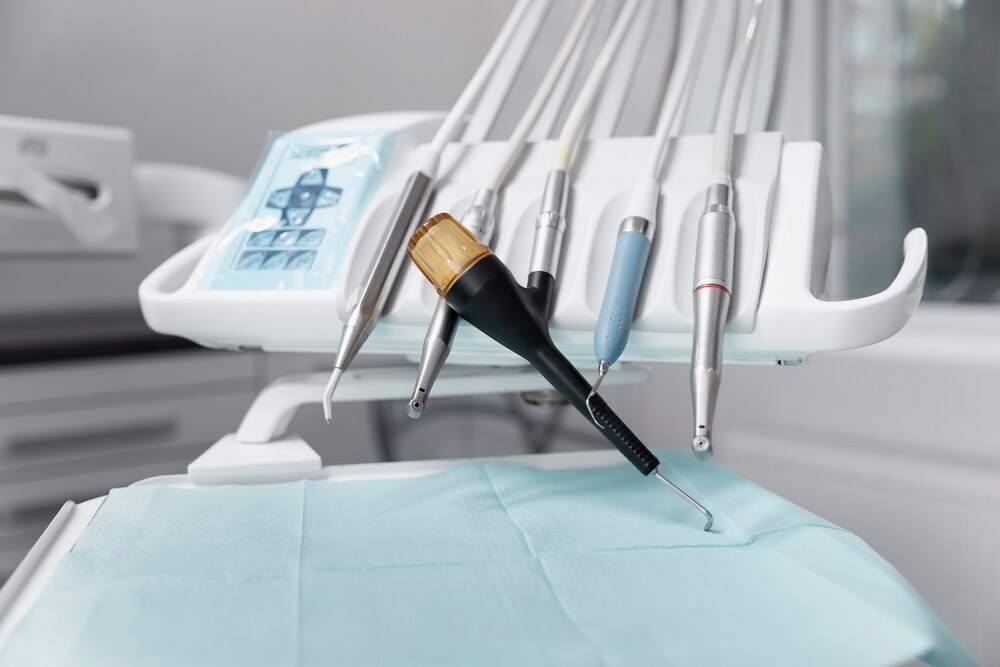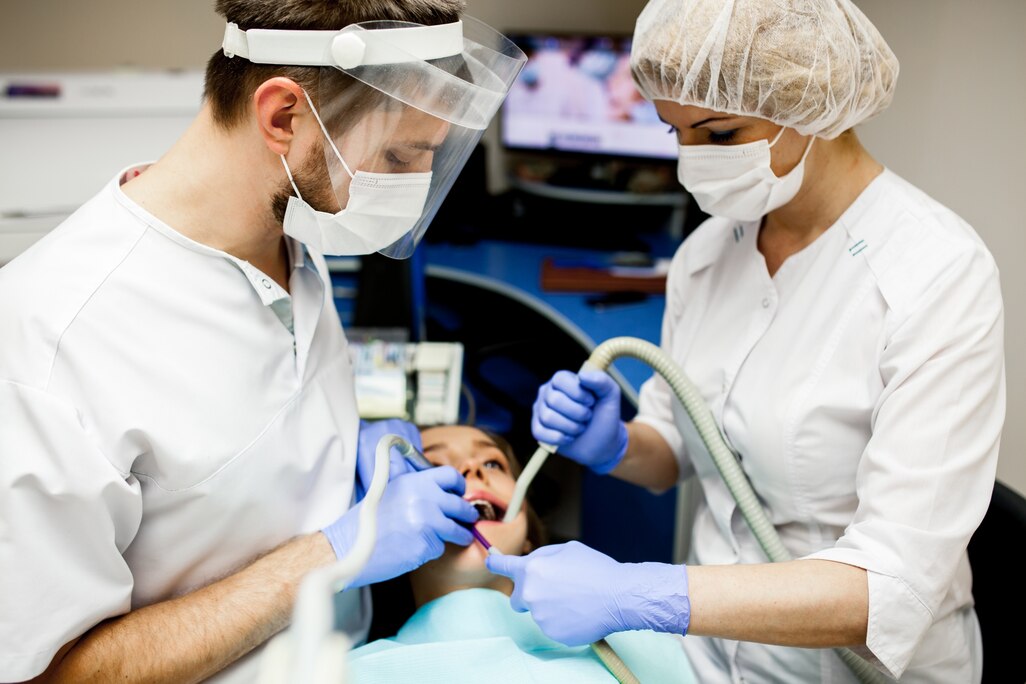In the procedure of tooth removal, this is a dental procedure where your tooth is removed from its socket. “Pulling” is also another term referring to tooth removal by a dentist tooth removal near Hammond. Dental implant surgery can offer a welcome alternative to dentures or bridgework that doesn’t fit well. Dental implant surgery is performed depending on the type of implant and the condition of your jawbone by a dentist for tooth removal near Hammond.
What is the Procedure for Tooth Removal?
- Firstly, it starts off with the dentist or oral surgeon giving you an injection of anesthesia in the area where the tooth will be removed before pulling it out. Moreover, it depends on what the situation is like, but your dentist may use a strong general anesthetic if needed. Tooth removal can be painful so this will prevent pain throughout the body and make you sleep through the procedure.
- Secondly, the dentist will cut the gym away and the bone tissue that covers the tooth root. This is done using a small scalpel or a laser. By exposing the tooth and its root, the dentist gains better access to the area and can proceed with the removal process more effectively.
- Next, the dentist will carefully loosen the tooth from its socket. They may use a dental elevator, which is a small instrument that helps lift and loosen the tooth. Once the tooth is sufficiently loosened, the dentist will use forceps to grasp it firmly and remove it from the socket. The forceps provide a strong grip on the tooth, allowing for controlled extraction.
During the tooth removal process, you may feel some pressure or tugging sensations, but you should not experience pain if the anesthesia is effectively administered. If you do feel pain, it’s important to inform your dentist immediately, as they can adjust the anesthesia dosage or take other measures to ensure your comfort.
After the tooth is successfully removed, the dentist will clean the extraction site thoroughly to remove any debris or infection-causing bacteria. In some cases, the dentist may also need to place stitches to promote proper healing. Moreover, they will provide you with detailed instructions on how to care for the extraction site during the recovery period.
What to Expect After Tooth Removal?
Once the tooth removal procedure is complete, it’s normal to experience some discomfort and swelling in the area. This can be managed with over-the-counter pain medication as recommended by your dentist. Applying an ice pack to the outside of your face near the extraction site can also help reduce swelling.
It’s crucial to follow the aftercare instructions provided by your dentist for optimal healing. These instructions may include:
- Gently bite on a gauze pad placed over the extraction site to control bleeding.
- Avoid rinsing your mouth vigorously or using a straw for the first 24 hours to prevent dislodging the blood clot and delaying healing.
- Eating soft foods and avoiding hot or spicy foods that may irritate the extraction site.
Recovery Period and Follow-Up Care
The recovery period after tooth removal varies from person to person, but generally, it takes about one to two weeks for the gum tissue to heal. During this time, it’s important to be patient and allow your body to recover naturally.
If you experience severe pain, excessive bleeding, persistent swelling, or any other concerning symptoms, it’s crucial to contact Hammond Dental immediately. Similarly, they will evaluate your condition and provide appropriate guidance or further treatment if necessary.
In some cases, your dentist may recommend additional procedures, such as dental implants or dentures, to replace the missing tooth and restore the function and aesthetics of your smile. Additionally, they will discuss these options with you and create a personalized treatment plan based on your specific needs.





